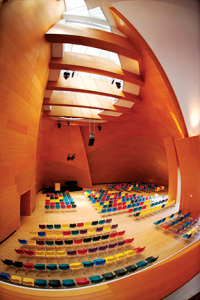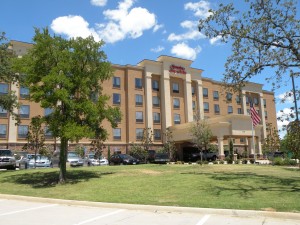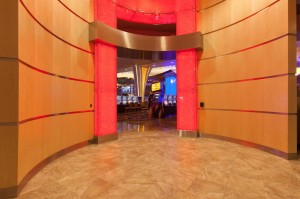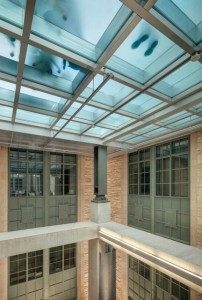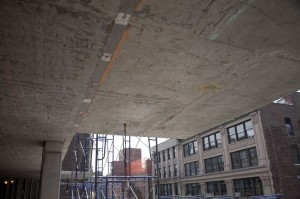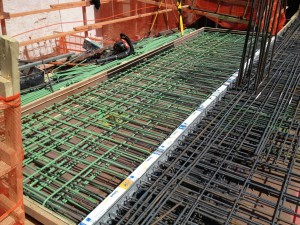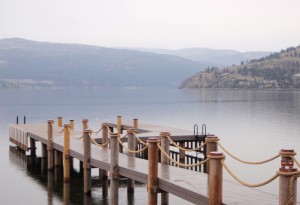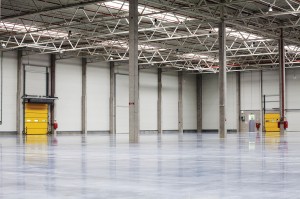During the medieval period, complex Gothic structures were built from drawings that communicated a designer’s overall vision without detailing specific means of construction. Master craftsmen translated designs into buildable structures using simple tools available at the time.
+ Read More
|
Imagine moving into a new condo, only to realize the TV next door, the dog barking across the hall, and the neighbors walking around upstairs can all be easily heard.
+ Read More
|
Acoustics consulting firm, Acentech, has developed noise control guidelines for Assembly Row, a new mixed-use development on 18.2 ha (45 acres) of waterfront space in Somerville, Massachusetts.
+ Read More
|
This article explores some of the benefits realized through the speed of construction enabled by specifying insulating concrete forms (ICFs)—a technology that combines reinforced concrete with thermal insulation.
+ Read More
|
Division 03 specifies concrete floor surface flatness requirements to be installed by the concrete contractor. However, Division 09 specifies the concrete floor surface flatness for the flooring installer that must be met before installing the floorcovering.
+ Read More
|
Located in Evanston, Illinois, Northwestern University’s Engineering Life Sciences infill is a bright, multi-disciplinary space with collaborative gathering areas and cutting-edge classrooms, laboratories, and research rooms. The expansion rises five stories, bridging two of the campus’ existing building wings.
+ Read More
|
A few blocks from the High Line, the restored elevated railway bed that now sports pedestrian walkways amid a landscape of greenery, New York City’s Chelsea Green is a 14-story luxury condominium from Alfa Development.
+ Read More
|
This article examines how a building’s energy performance can be enhanced with structural thermal breaks for balcony connection. New engineered solutions can assist mid- and high-rise building project teams in complying with continuous insulation (ci) code requirements.
+ Read More
|
Since the late 1980s, manufacturers have introduced dozens of wood-plastic composite decking products, including composite boards with thin plastic caps (i.e. capped composites) in recent years. Composite decking manufacturing methods vary, resulting in deck boards with significantly different performance characteristics.
+ Read More
|
Thin, short strands of steel are being increasingly specified as reinforcement in ground-supported slabs and in composite steel deck-slabs. Structural engineers are still figuring out how best to design with these components, but specifiers need to think about how to define this material in the contract documents.
+ Read More
|
|
|


